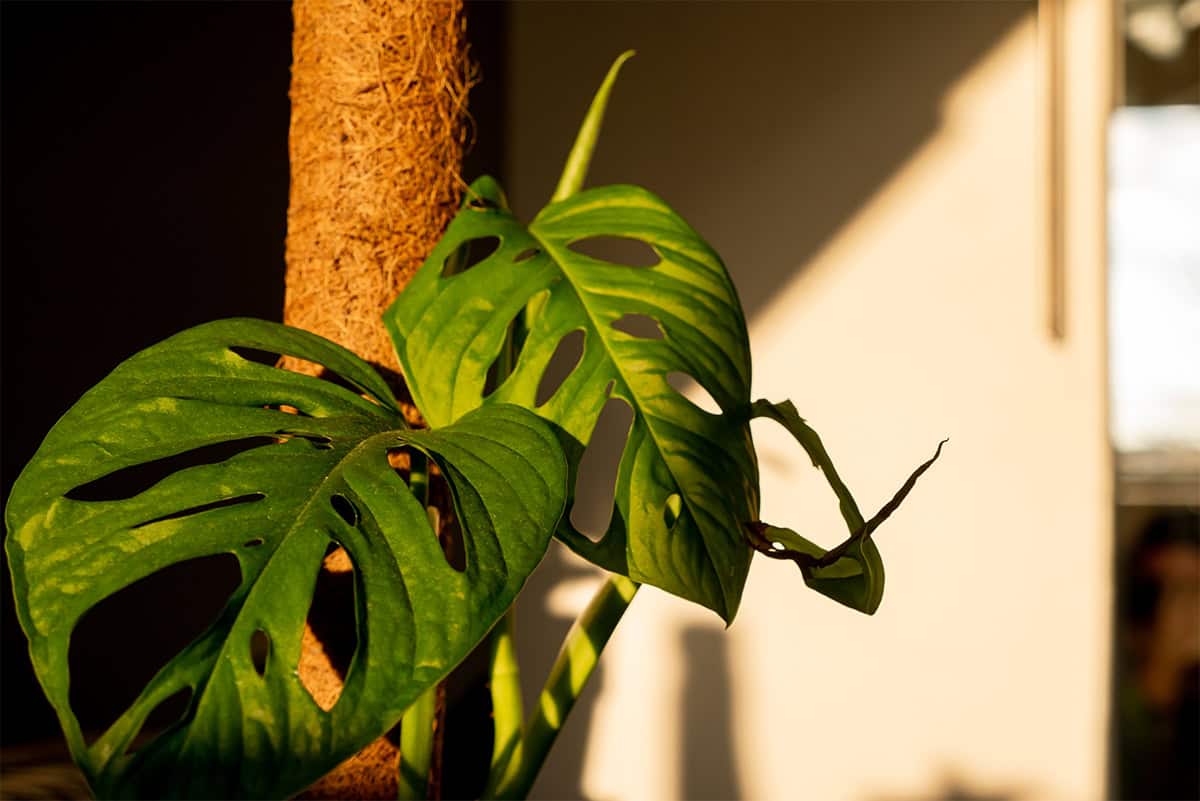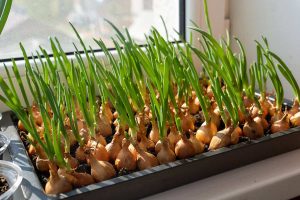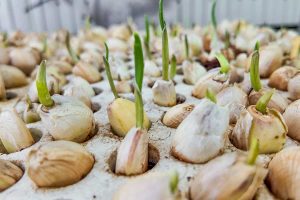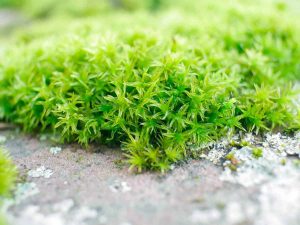Monsteras love to climb—it’s in their nature! If yours is getting leggy or out of control, it might be time to give it some vertical support. Here’s how to train it upward with confidence and care.
Table of Contents
- Use A Moss Or Coco Coir Pole For Climbing
- Attach Vines With Soft Plant Ties
- Mist The Pole To Encourage Root Attachment
- Rotate The Plant To Promote Even Growth
- Prune Lower Or Wayward Growth To Redirect Energy
- Use A Heavy Pot To Prevent Tipping
- Fertilize During The Growing Season
- Guide Growth Gradually With Small Stakes
- Train While The Plant Is Young And Flexible
- Be Consistent And Patient With Training
Use A Moss Or Coco Coir Pole For Climbing
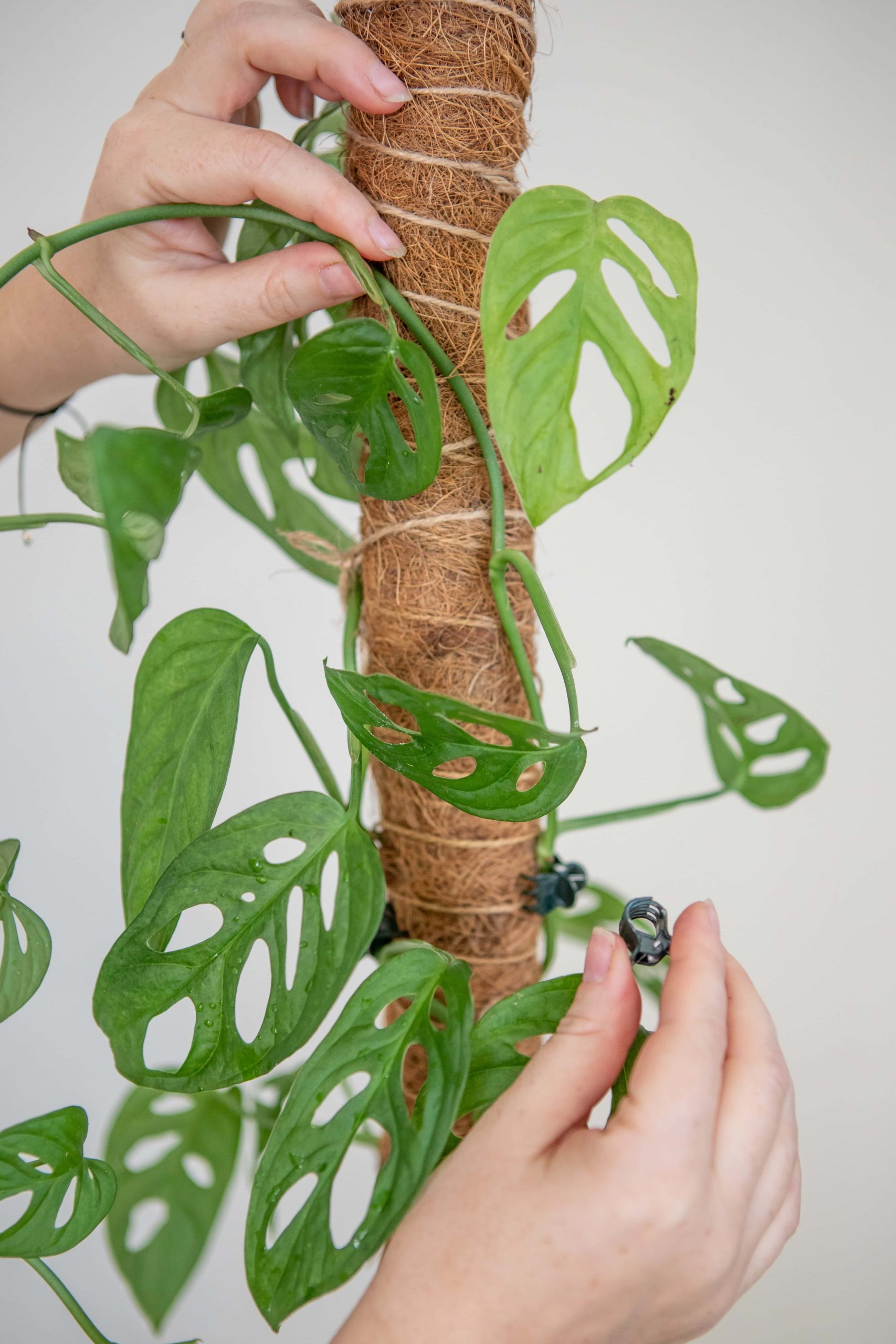
Training your Monstera to climb improves its health and appearance. Moss and coco coir poles can help in this process. These materials are designed to mimic the plant’s natural environment. They offer a surface that retains moisture well, encouraging the aerial roots to latch on effectively.
To start, insert the pole into your plant’s pot near the base. Ensure it is stable and reaches above the tallest part of your Monstera.
Attach the plant to the pole using soft ties or plant tape. Be gentle to avoid damaging the stems. Over time, your Monstera should adapt and begin to climb on its own.
Regularly mist the moss or coco coir pole. This action maintains humidity. It also provides the moisture that Monstera roots crave.
Check the ties periodically, adjusting them as the plant grows. Loose ties prevent damage and ensure the stems are supported. This approach encourages healthy climbing habits for your Monstera.
Using moss or coco coir poles effectively trains your plant to climb while maintaining its health.
Attach Vines With Soft Plant Ties

Monstera plants, known for their impressive climbing ability, can benefit greatly from support structures. Using soft plant ties helps guide the vines upward. This encourages fuller growth and a healthier plant.
Soft plant ties, like twist ties or fabric strips, are gentle on the stems. They reduce the risk of damage. Avoid using hard or abrasive materials that might cut or stress the plant tissue.
Start by observing the natural growth direction of your Monstera’s vines. Secure each vine loosely to a support pole or trellis. Ensure there’s room for the stems to expand without restriction.
Position the ties at intervals along the vine. This maintains stability and provides a framework for climbing. Avoid tying too tightly; a gentle loop works best.
Check the ties regularly. As your plant grows, re-tie or adjust them as needed. This prevents the ties from becoming too tight and ensures the plant maintains its desired shape.
Using soft ties effectively enhances your Monstera’s appearance while promoting vigorous growth. Regular attention to their placement lets you guide your plant smoothly as it climbs.
Mist The Pole To Encourage Root Attachment
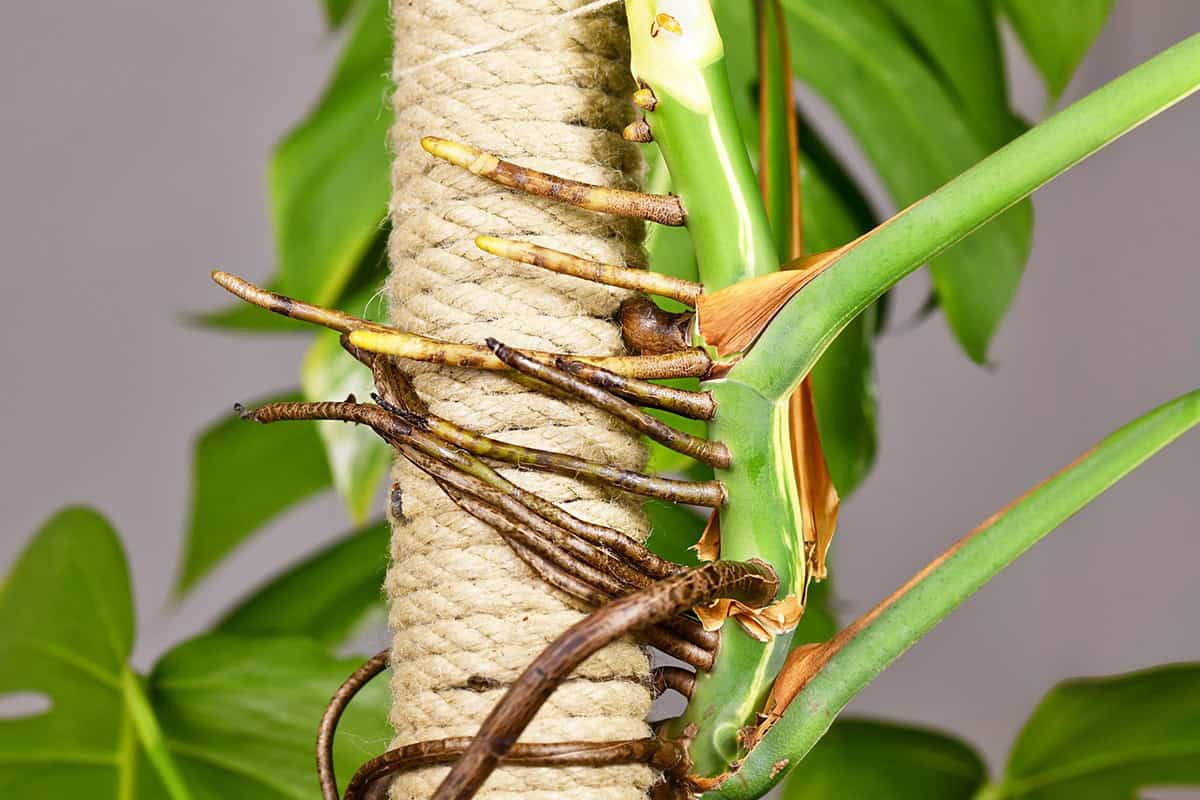
Misting the moss pole can aid your Monstera’s growth. Moisture helps aerial roots attach more securely. By regularly misting, you create a humid environment that encourages root development.
It’s important to ensure the moss pole remains slightly damp. Don’t soak it, as this can lead to negative effects. Instead, aim for a gentle mist, just enough for consistent moisture.
Using a spray bottle, gently spray the pole in the morning. This timing allows the pole to absorb moisture before the day warms up. Make misting part of your plant care routine to support healthy root growth.
Monitor the pole regularly for moisture level. If it’s drying out too often, consider increasing the frequency of misting. Consistency is key to promoting firm root attachment.
Rotate The Plant To Promote Even Growth
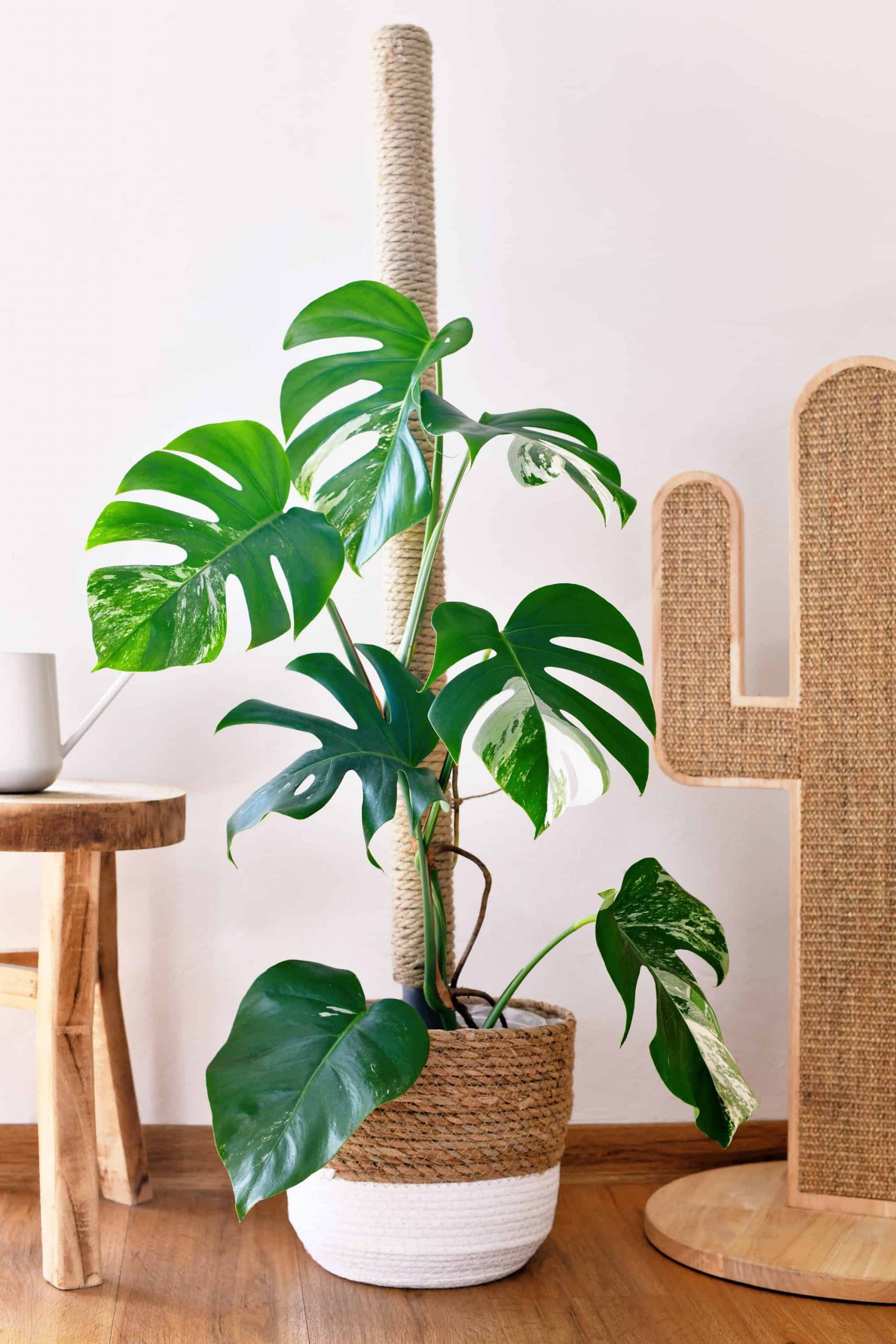
Monstera plants need consistent light. If left in one position, they may grow unevenly. To keep balanced growth, you should rotate your Monstera regularly. Turning the plant ensures all sides receive equal light. This practice prevents leaning and encourages symmetrical development.
Aim to rotate your Monstera each time you water it. A 90-degree turn works well. This ensures light exposure across the entire plant. Regularly changing its orientation helps every leaf reach its potential. Your Monstera will appear fuller and more even.
Keep track of your rotation habits. Mark the pot or use a reminder system. Consistency is key for best results. Rotating not only improves balance but also health, as it helps prevent issues like weak stem growth.
Monitoring the plant’s response will also guide your rotation schedule. If your Monstera starts leaning, adjust your routine. Ensure both light access and stability for the plant. Rotation helps maintain ideal conditions.
Prune Lower Or Wayward Growth To Redirect Energy
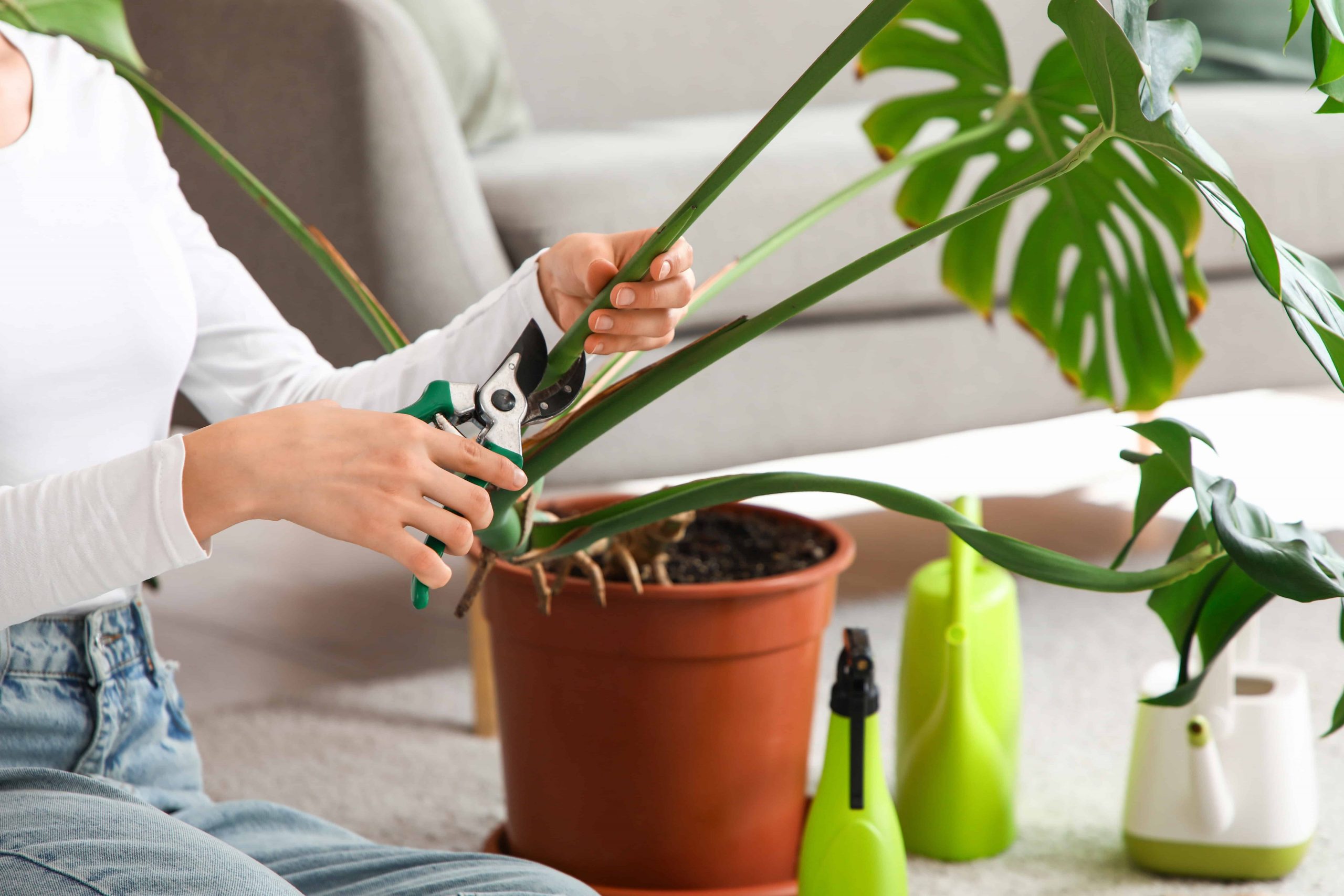
To encourage your Monstera to climb effectively, focus on pruning lower or wayward growth. This helps the plant concentrate its energy. When you cut off unnecessary parts, your plant’s resources can better support upward and healthy growth.
Lower stems and leaves often divert energy away from the main vines. By pruning these, you allow nutrients to reach higher sections. This results in a more vigorous, climbing Monstera.
Use clean, sharp tools for pruning. Trim back parts growing away from the trellis or support system. Aim to cut as close to the main vine as possible without injuring it. This method encourages a more aesthetically pleasing and structured shape.
Regular inspection is key. Monitor your Monstera for unwanted growth. Pruning should be done carefully and consistently. This keeps the plant healthy and directs growth where you want it.
Pruning also prevents overcrowding. By removing excess leaves and stems, you improve airflow around your Monstera. This reduces the risk of disease and promotes better overall vigor.
Use A Heavy Pot To Prevent Tipping

When you train monstera to climb, stability is important. A heavy pot can help maintain balance. Large leaves and stems can make monstera top-heavy. Without support, the plant might tip over.
Choose a pot made from sturdy materials. Concrete or ceramic works well. These materials provide extra weight, ensuring the plant remains upright. Plastic pots are lightweight, which can lead to tipping.
Consider the pot’s size. A wide base offers better support compared to a narrow one. This ensures the plant grows vertically without falling over. A broader base also accommodates a climbing support structure like a moss pole or trellis.
Using heavy soil can add stability. Mix compost to improve drainage, but don’t skimp on weight. Heavier soil adds to the base weight, keeping your monstera steady.
Evaluate the placement of your pot. Keep it on a flat, stable surface. Uneven ground can increase the risk of tipping. Additionally, avoid placing the pot where it might get knocked over easily by pets or children.
Regularly check the soil moisture. Wet soil can be heavier, which sometimes helps with stability. However, avoid overwatering to prevent root rot. Good drainage is essential.
With the right pot, your monstera will climb beautifully. Stability encourages healthy growth and prevents accidents.
Fertilize During The Growing Season

Your Monstera appreciates a boost during the growing months. Use a balanced, water-soluble fertilizer for best results. The growing season usually spans from spring through summer. This is when your plant exhibits vigorous growth.
Fertilizing every 4 to 6 weeks will support your Monstera’s health. Dilute the fertilizer to half strength to prevent over-fertilization. This approach provides the necessary nutrients without overwhelming the plant.
Choose a fertilizer with a balanced ratio like 20-20-20. Ensure it contains equal parts of nitrogen, phosphorus, and potassium. This helps in promoting lush foliage and root development. Regular fertilization supports healthy growth and climbing ability.
Avoid fertilizing during the dormant season, which typically occurs in fall and winter. During this time, your Monstera’s growth slows down. Applying fertilizer when growth is minimal can cause more harm than good.
Keep an eye on your plant’s response to fertilization. Yellowing leaves or slow growth could indicate nutrient deficiencies. Adjust your fertilization routine accordingly. Your Monstera will thrive with consistent care during the growing months.
Guide Growth Gradually With Small Stakes
To help your monstera plant climb, introduce small stakes early in its growth phase. These act as initial support structures, gently guiding the plant’s development. By using stakes, you encourage your monstera’s aerial roots to latch onto them, promoting upward growth.
Choose stakes made from materials like bamboo or plastic that can withstand humid environments. Insert them close to the plant’s base without disturbing the roots. This placement ensures stability and provides the plant with a reliable framework to climb.
As your monstera vine extends, use soft ties to secure the stems to the stakes. These ties should be loose enough to avoid constricting growth. Adjust them periodically to accommodate new growth, maintaining gentle guidance without overwhelming the plant.
Consistently monitor the plant’s progress. Ensure that new shoots and leaves grow in the intended direction. Over time, as your monstera establishes its climbing habit, more robust climbing methods can be introduced.
Train While The Plant Is Young And Flexible
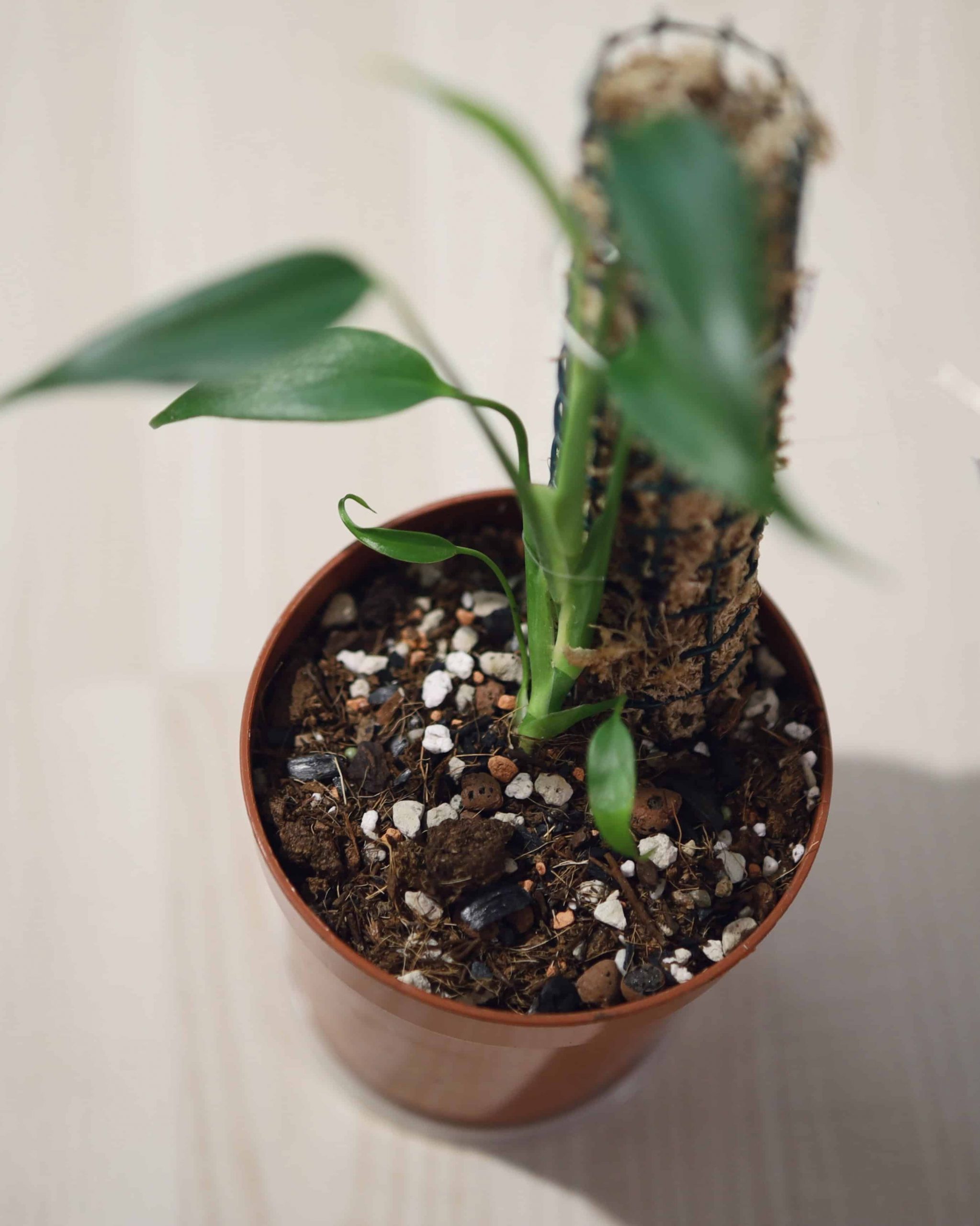
Starting when your Monstera is young promotes healthier growth. Younger monstera plants are more flexible. They adapt easily to new supports. Early training helps direct their growth upward. It gives you the chance to shape them effectively.
Young stems respond well to gentle tying. Use soft ties for this purpose. Wrap the tie loosely around the stem. Secure it to the support structure. Avoid using rigid ties as they may restrict growth or damage delicate stems.
Choose a sturdy support like a moss pole or trellis. Position it close to the plant’s base. Ensure the structure is stable. As young plants grow, guide the stems to attach naturally. Regular checks help to realign them as needed.
Provide consistent care to encourage strong climbing habits. Regular watering and suitable light conditions are essential. Fertilize according to the plant’s needs. Pruning and removing any errant leaves are helpful for maintaining focus on climbing.
Be Consistent And Patient With Training

When you train your Monstera to climb, consistency is key. Regular care helps your plant develop strong climbing habits. Adjust its support structures as needed. Keep vines in place with clips or ties.
Patience is just as important. Monstera plants grow at their own pace. Rushing the process can damage them. Gently guide the vines to their desired position.
Observe your plant regularly. Correct its path when necessary. Look for new growth and adjust supports. This helps the Monstera thrive on its climbing journey.
Adapt your approach if needed. Each plant is different. What works for one may not work for another. Stay flexible, and adjust your methods as your Monstera grows.
